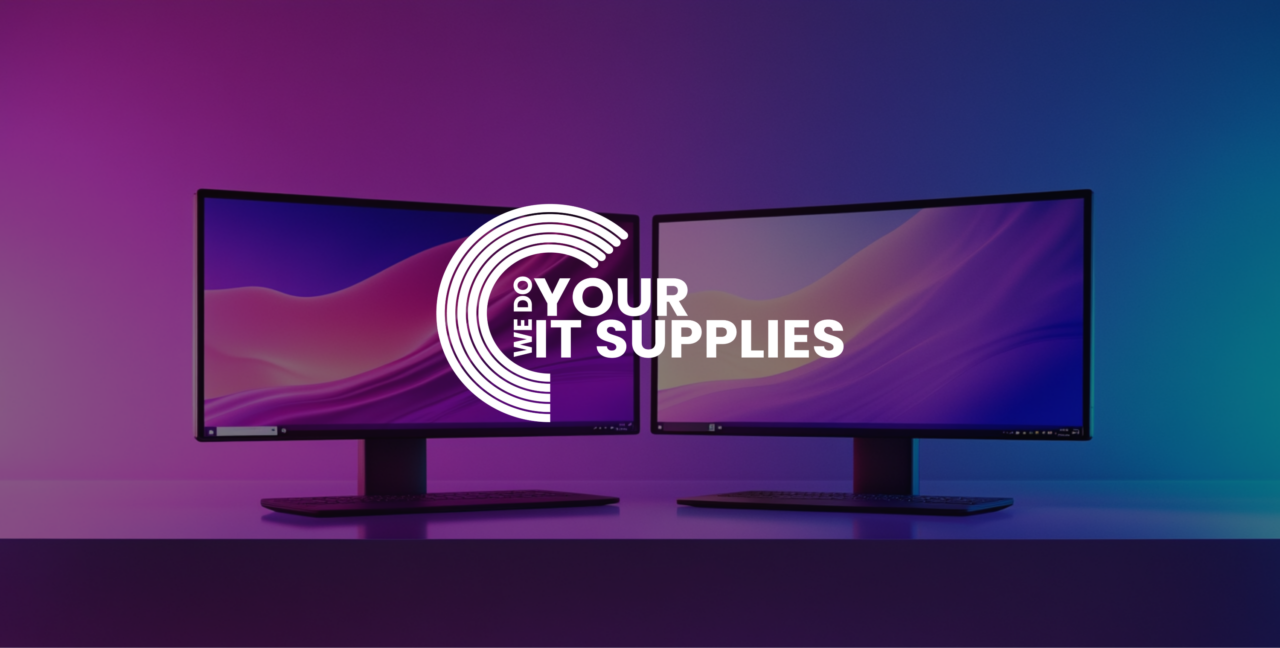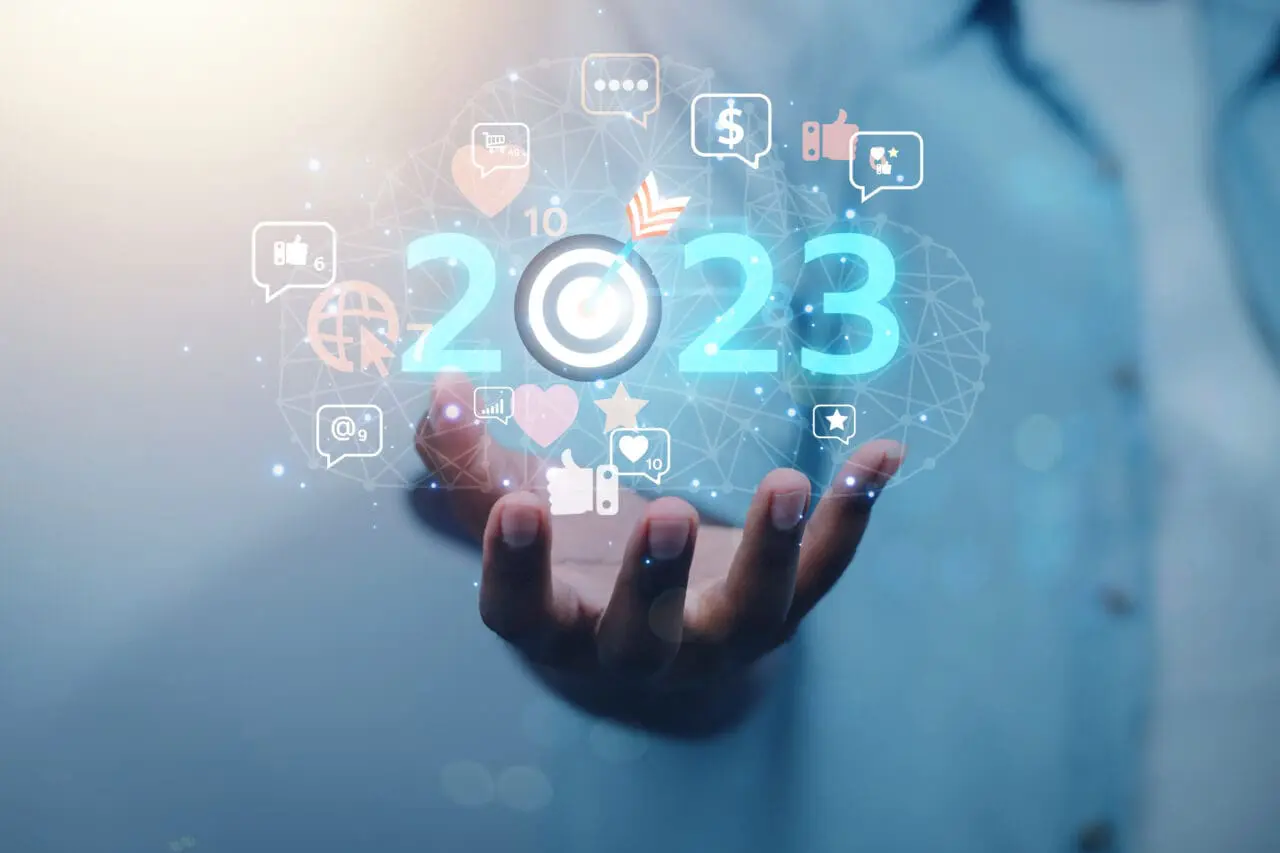

In this feature, we look at some of the most prominent tech trends for 2023 and how businesses could benefit from them.
Here are a dozen key tech trends to watch this year.
1. Satellite mobile connections and satellite broadband are expected to become more widely available in 2023. This is thanks to the launch of new constellations of low-orbit satellites that will provide internet access to remote and underserved areas worldwide. Additionally, these satellites will provide a more reliable and stable connection than traditional satellite internet, which can be affected by weather and other factors. Satellite broadband, such as that offered by Elon Musk’s Starlink, could eliminate many of the ‘not-spots’ in remote UK areas, which could benefit the businesses and residents of those areas. For example, as part of Project Gigabit, the UK government recently announced a trial of Starlink satellite broadband in the Lake District as part of wider plans to connect the UK’s highly remote areas.
2. Artificial Intelligence (AI) is expected to advance in 2023, with breakthroughs in natural language processing, computer vision, deep learning, and other areas. This will enable more sophisticated applications like self-driving cars and more robust decision-making tools.
3. Edge computing: Edge computing is a distributed computing model in which data is processed at the edge of the network, closer to where it is generated, rather than in a central location. This will become increasingly important in 2023 as the amount of data generated by devices and sensors continues to grow.
4. Internet of Things (IoT): The IoT, the interconnectedness of everyday devices, such as smartphones, appliances, and vehicles, through the internet, is expected to continue to grow and evolve this year. The IoT will add more value and save business costs, e.g. by improving efficiency and automating more processes in manufacturing, agriculture, and energy.
5. 5G networks: The rollout of 5G networks is expected to accelerate in 2023, providing faster internet speeds, lower latency and more reliable connections. This will enable new applications and services, such as augmented and virtual reality, plus the Internet of Things.
6. Electric boats are another trend to watch out for in 2023. As awareness of the need to reduce carbon emissions grows, electric boats are becoming an increasingly popular alternative to traditional gasoline-powered boats. They are more energy-efficient, produce fewer emissions, and can be powered by renewable energy sources such as solar and wind.
7. Drones for people and cargo, such as electric vertical take-off and landing vehicles (eVTOLs), are expected to become more prevalent in 2023. These drones are designed to take off and land vertically, like a helicopter, but are powered by electricity rather than fossil fuels. They have the potential to revolutionise transportation by allowing for faster and more efficient movement of both people and goods.
8. Deepfake, the technology that enables people to generate highly realistic images and videos of people who exist and do not. In 2023, this technology is expected to advance to the point that it will become increasingly difficult to distinguish authentic images and videos from fake ones. This presents both opportunities, such as the ability to create more realistic avatars for businesses (and special effects in films) and the potential for misuses, such as the spread of misinformation and fraud.
9. Fusion electric is a technology that generates electricity by fusing hydrogen atoms, just like the sun. This process releases a large amount of energy, which can then be converted into electricity. While fusion electric technology is still in the early stages of development, it has the potential to be a game-changer, providing a virtually limitless source of clean energy. A recent milestone in this field was when researchers obtained more power from a nuclear fusion reaction than they put in for the first time.
10. Quantum computing: While still in the early stages of development, quantum computers have the potential to solve problems that would be impossible for classical computers to solve. In 2023, quantum computing is expected to become more widely available and accessible, enabling cryptography and drug discovery breakthroughs. In addition to the promise of companies being able to access quantum computing as-a-service, there is, however, also the ‘quantum apocalypse’ threat. This refers to the unspecified point in the future where someone (e.g. threat actors or a foreign power) has a functioning quantum computer that can break the kind of encryption that we trust to secure our data, transactions, and communications.
11. Autonomous vehicles: Self-driving cars and other autonomous vehicles will become more common in 2023. Advancements in AI, machine learning, and sensor technologies enable cars to operate with less human input, providing benefits such as increased safety, reduced traffic congestion, and lower fuel consumption.
12. Biotechnology: Biotechnology is expected to advance in 2023, with breakthroughs in gene editing, synthetic biology, and regenerative medicine. This will enable new treatments for diseases and approaches to food production, environmental remediation, and more.
Some of the other tech trends that could be of particular interest or help to businesses this year could be:
– Further advancements in cloud computing: Cloud computing allows businesses to store and access data and applications remotely rather than on their physical servers. This can provide cost savings and increased flexibility and enable new business models, such as Software as a Service (SaaS) and Platform as a Service (PaaS).
– Cybersecurity: As cyber-attacks continue to rise, businesses will need to focus on protecting their networks and data. In 2023, businesses will invest more in threat intelligence, multi-factor authentication, and artificial intelligence-based security.
– Digital twins: A digital twin is a virtual representation of a physical asset, such as a building, factory, or aircraft. By simulating the behaviour of the asset, digital twin technology can be used to improve design, optimise performance, and reduce downtime.
– Chatbots and conversational AI: Chatbots and conversational AI are becoming more advanced and can be used to improve customer service, sales, and other business processes. They can assist with answering customer inquiries, handling payments, and providing personalised recommendations.
– Robotic process automation: Robotic process automation (RPA) uses software robots to automate repetitive and mundane tasks such as data entry, document processing, and customer service. This technology can help businesses to be more efficient and accurate and reduce human error.
– Blockchain: Blockchain is the distributed ledger technology that enables secure and transparent transactions without the need for intermediaries and has enabled the growth of cryptocurrencies. In 2023, businesses in finance, supply chain, healthcare, and logistics will increasingly adopt blockchain technology to facilitate secure, transparent, and tamper-proof transactions.
– Extended Reality (XR): XR technology encompasses Virtual Reality (VR), Augmented Reality (AR), and Mixed Reality (MR). By 2023, this technology will enable businesses to create immersive experiences that can be used for training, product visualization, and marketing.
Based on these and other tech trends, 2023 is a year of potentially significant technological advancements for businesses that could help them add value, save costs, increase efficiencies, work smarter and ultimately become more competitive.
In the transport and logistics worlds, advancements in drones (for people and cargo), electric boats and autonomous vehicles could provide faster and more efficient movement of people and goods in a more environmentally friendly way. In addition, tech trends like fusion technology hold incredible promise but still have some way to go with significant challenges to overcome. For many businesses, however, AI, Edge computing (and quantum computing further down the line), and progress (albeit still slow) with 5G networks could provide new opportunities for automation, optimisation, and problem-solving. Also, of particular interest and value to businesses this year and in the near future may be how chatbots and conversational AI can improve their service and save time and costs. At the same time, advancements like robotic process automation could help them to be more efficient and accurate and reduce human error.
Many businesses may also benefit from greater use of cloud computing developments. Although the trend of deep fakes will also continue to evolve, providing opportunities for realistic special effects in films, businesses should be aware of the potential misuse of this technology, such as the spread of misinformation. Overall, the technology trends of 2023 will present both challenges and opportunities for businesses, and it is important to be aware of these advances and adapt accordingly.
This website uses cookies to improve your experience. Choose what you're happy with.
Required for the site to function and can't be switched off.
Help us improve the website. Turn on if you agree.
Used for ads and personalisation. Turn on if you agree.
This website uses cookies to improve your experience. Choose what you're happy with.
Required for the site to function and can't be switched off.
Help us improve the website. Turn on if you agree.
Used for ads and personalisation. Turn on if you agree.